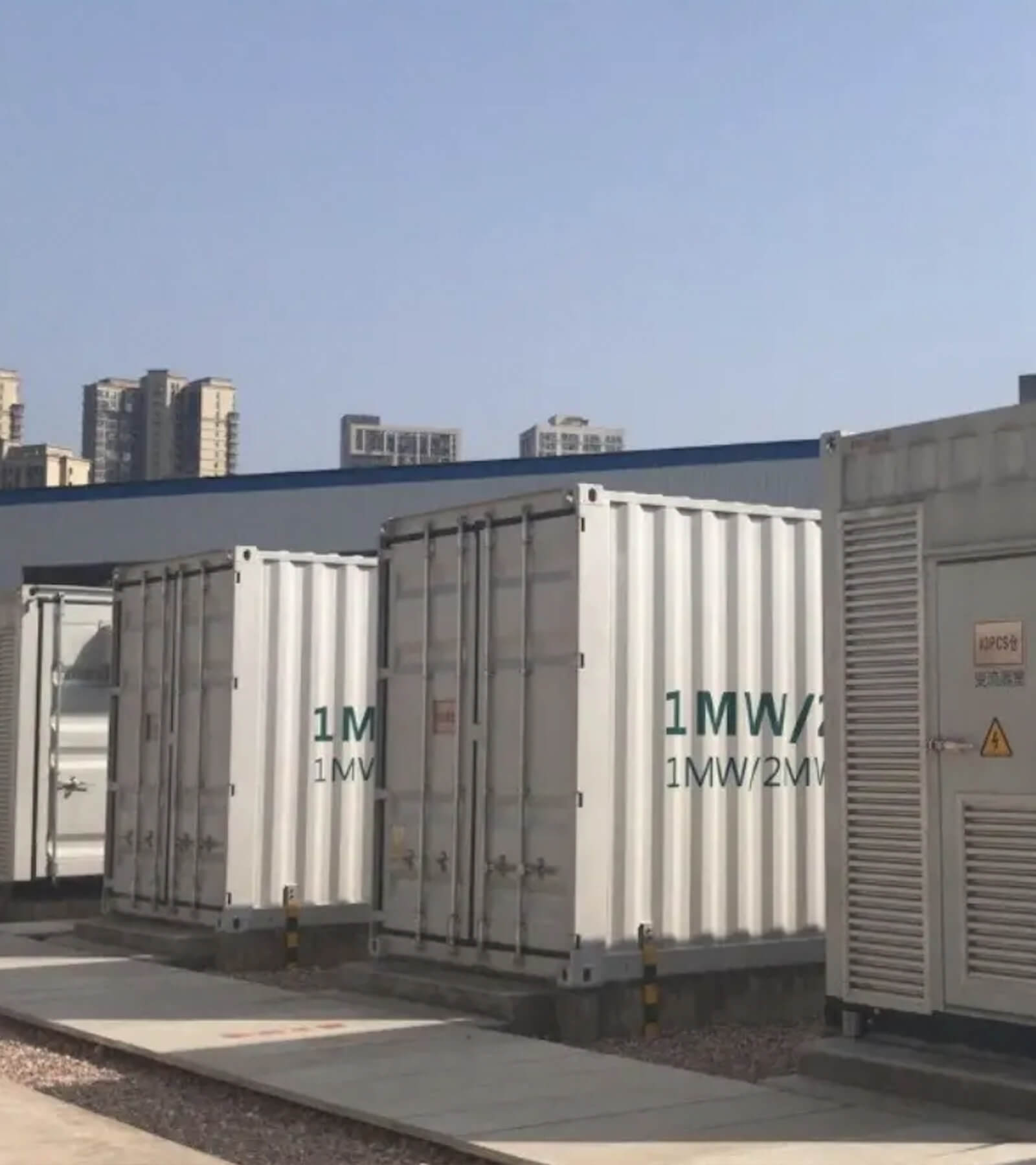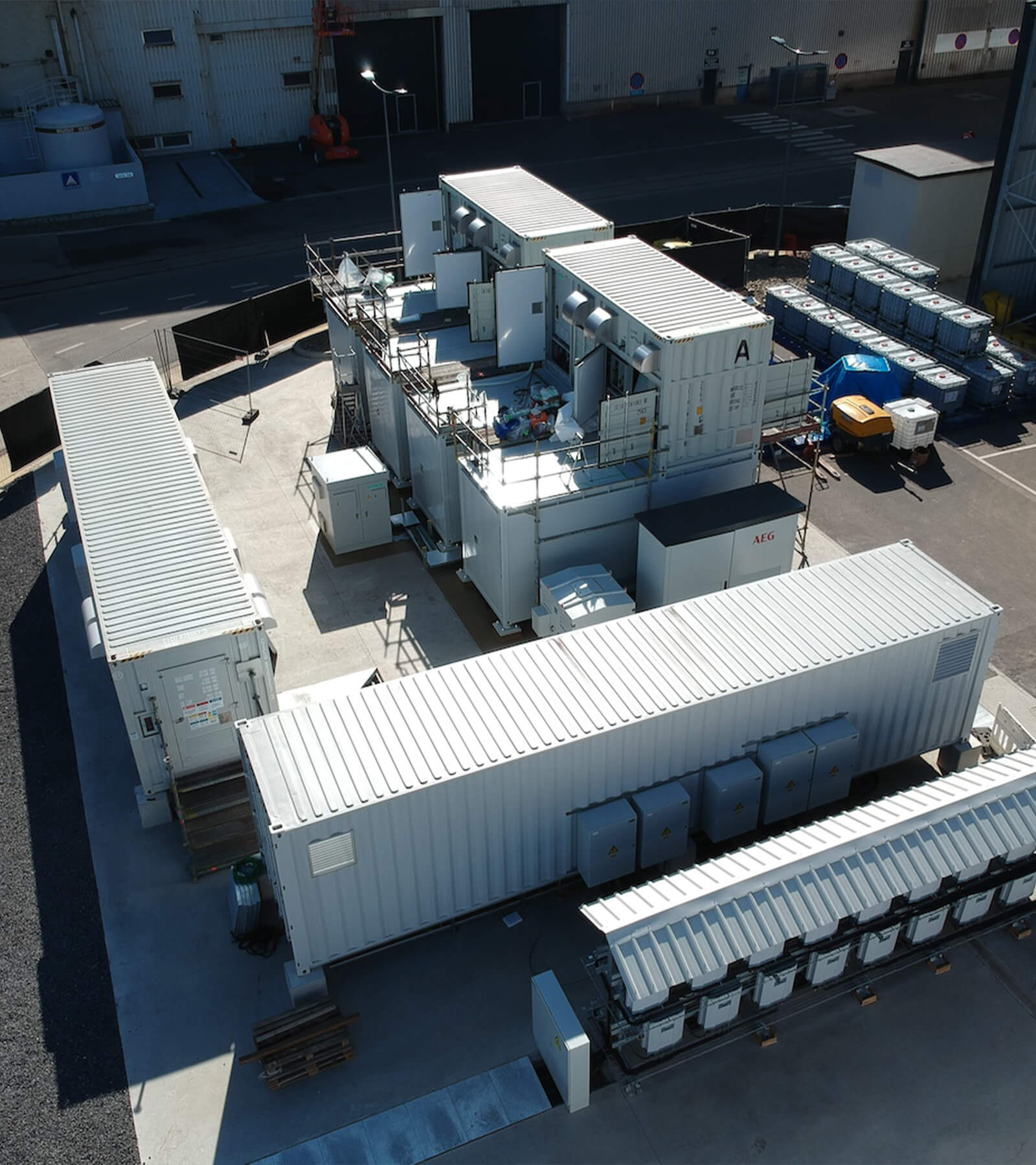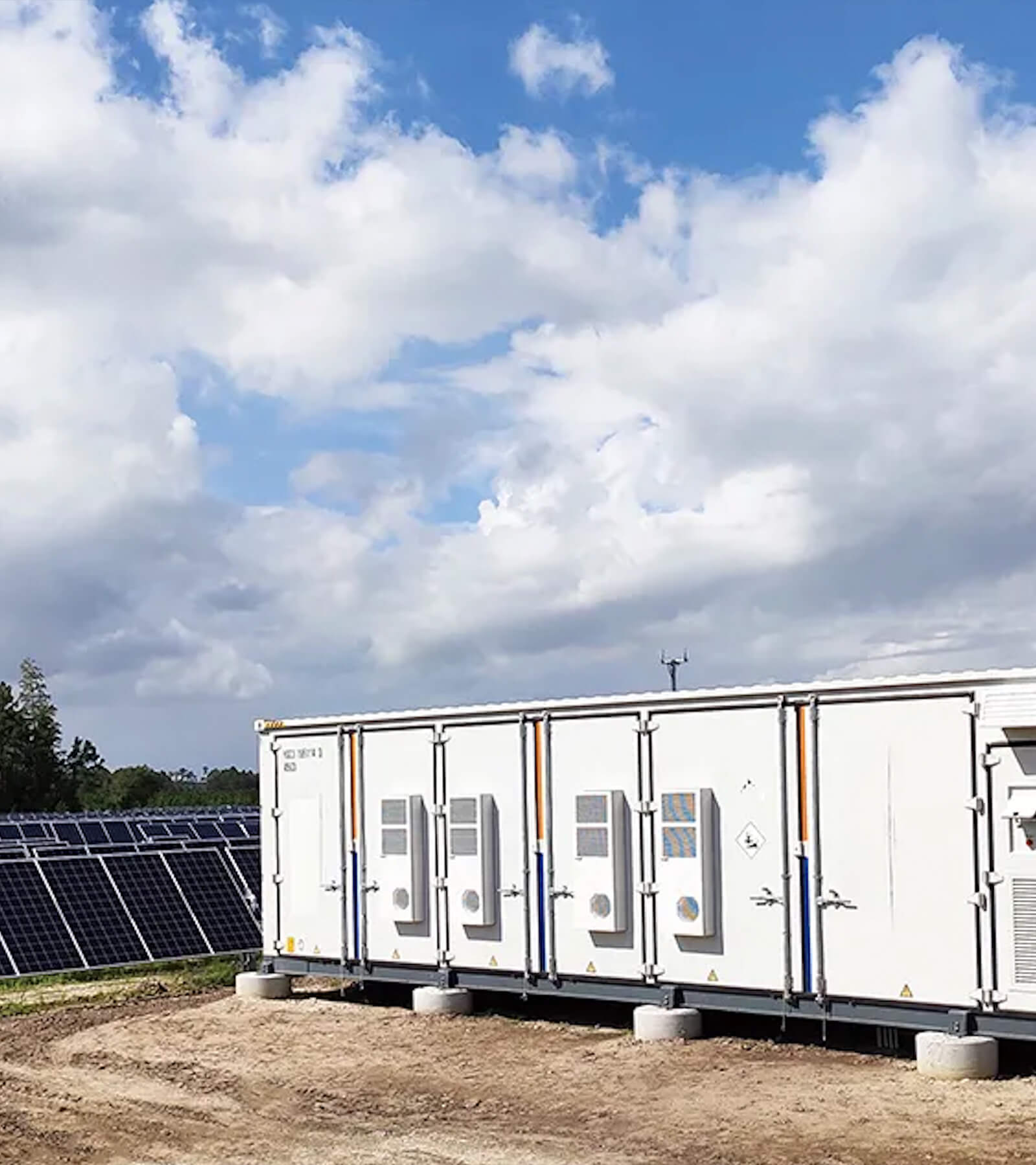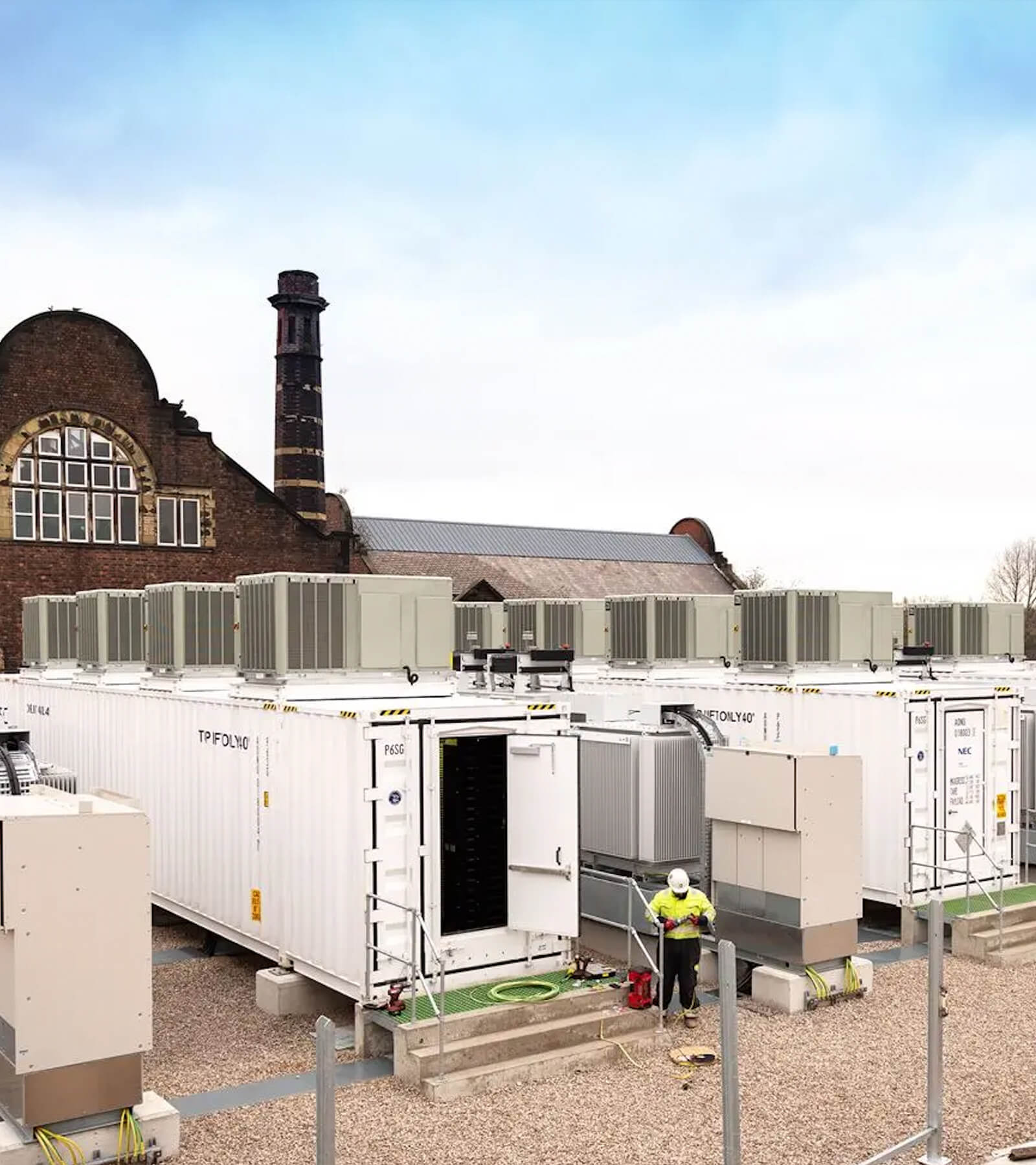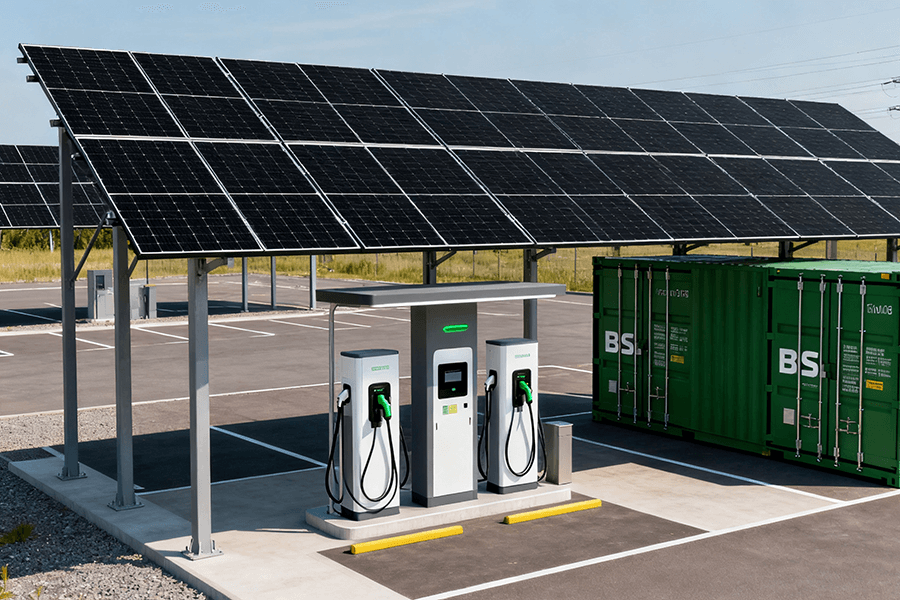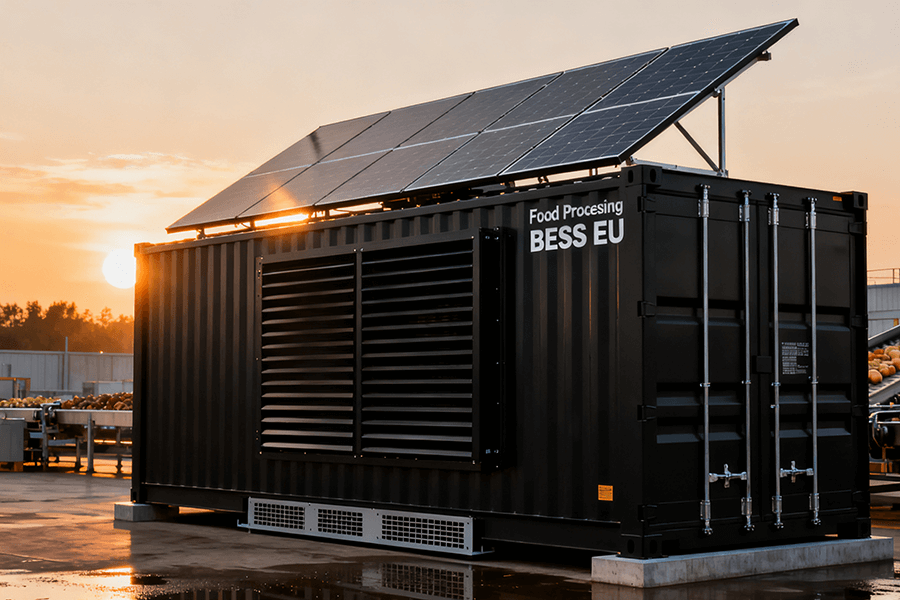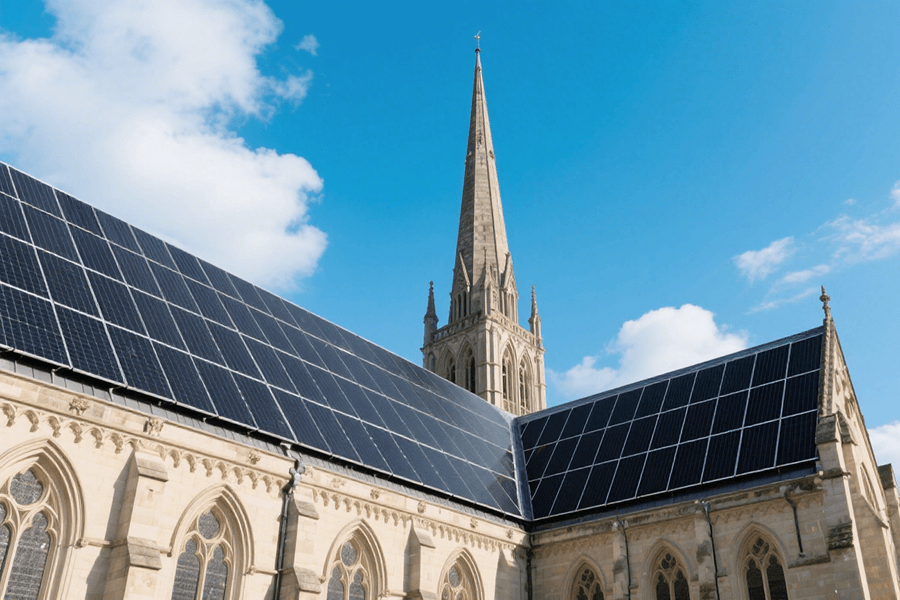
EU’s €500M Heritage Energy Efficiency Initiative (HEEI)
In 2023, the European Union introduced a landmark initiative aimed at bridging historical preservation with sustainable energy. The Heritage Energy Efficiency Initiative (HEEI)—a €500 million investment—has set its sights on upgrading over 1,000 culturally significant sites. These include architectural marvels such as towering Gothic cathedrals, opulent Renaissance palaces, and majestic hilltop castles that stand as testaments to Europe’s rich history.
Key Objectives of the HEEI
| Goal | Target by 2030 | Significance |
|---|---|---|
| Carbon Emission Reduction | Cut emissions by 40% at heritage sites | Aligns with EU’s climate neutrality goals |
| Preservation | Maintain historical integrity of buildings | Protects cultural heritage for future generations |
However, implementing renewable energy solutions at these ancient sites poses unique challenges. Traditional grid retrofitting typically requires extensive construction work, including digging trenches, installing new electrical wiring, and making structural modifications. For heritage buildings with 800-year-old stone walls and delicate historical facades, such invasive procedures could cause irreversible damage.
Enter the BESS Container (Battery Energy Storage System), a game-changing solution designed specifically for historical sites. Resembling a “heritage-friendly power bank,” this portable system offers a non-invasive approach to energy management:
- Zero Construction Impact: No trenches, no structural alterations—safeguarding the original architecture
- Plug-and-Play Operation: Easily deployable, providing a quick transition to clean energy
- Sustainable Power Source: Integrates with renewable energy inputs like solar and wind
By leveraging the BESS Container, heritage sites can now embrace renewable energy without compromising their historical significance. This innovative solution represents a major step forward in the EU’s efforts to balance environmental stewardship with cultural preservation.
*Source: European Commission’s HEEI Fact Sheet | *ec.europa.eu/energy/topics/renewable-energy/heritage-efficiency_en
Low-Impact Deployment: Power Without the Destruction
Heritage sites are not just buildings; they are living testaments to history, culture, and the ingenuity of past civilizations. Their structural integrity is of utmost importance, and any intervention must be carefully considered. The BESS Containers offer a revolutionary solution, ensuring that these treasures of the past can thrive in the modern world without compromising their historical significance.
Above-Ground, Non-Invasive Installation
One of the most remarkable features of BESS Containers is their above-ground installation method. Unlike traditional energy storage systems that require extensive excavation and groundwork, BESS Containers are designed to be placed discreetly near a site’s entrance, much like a sleek metal box. This non-invasive approach eliminates the need for digging, drilling, or any other activities that could potentially harm the foundations of heritage sites.
The significance of this installation method cannot be overstated, especially when considering the sensitivity of many EU heritage sites. According to the European Commission’s Joint Research Centre:
- A staggering 78% of EU heritage sites have “high structural sensitivity.”
- Even minor excavations at these sites can lead to cracks, erosion, and other forms of damage that may take years to repair.
A prime example of the effectiveness of BESS Containers’ non-invasive installation is the Castel del Monte, a 13th-century UNESCO site in Italy:
- In 2024, a BESS Container was installed at the site without modifying a single stone.
- This installation allowed the castle to run 60% of its lighting on stored solar power.
- There were no construction scars, and the site’s historical integrity remained intact.
Source: JRC Heritage Site Vulnerability Report | joint-research-centre.ec.europa.eu/jrc-news/heritage-energy-solutions-2024_en
Pairing with “Invisible” Solar Panels
BESS Containers truly shine when paired with 10–50 kW discreet solar panels. These panels are not your typical solar installations; they are meticulously designed to blend seamlessly into heritage architecture, ensuring that the aesthetic appeal of the sites is not compromised. For example:
- Black-framed panels: Used on dark rooftops
- Thin-film panels: Employed to mimic tiles, making them almost invisible to the casual observer
The subtlety of these solar panels was put to the test at Amsterdam’s Anne Frank House, a 2024 HEEI recipient:
- A visitor survey revealed that a remarkable 90% of tourists didn’t even notice the presence of the solar panels.
- This showcases the effectiveness of the design and highlights the potential of this technology to preserve the historical charm of heritage sites while harnessing the power of the sun.
When combined, BESS Containers and solar panels can achieve up to 80% energy self-sufficiency for critical needs such as:
- Lighting
- Climate control (essential for protecting ancient artifacts)
- Security systems
This increased self-sufficiency results in:
- Fewer power outages
- Reduced reliance on fossil fuels
- A significant step towards a more sustainable future for EU heritage sites
Table: Energy Self-Sufficiency at EU Heritage Sites (2024)
| Heritage Site | Solar Panel | BESS Capacity | Self-Sufficiency Rate | Key Benefits Observed |
|---|---|---|---|---|
| Castel del Monte (Italy) | 30 kW | 45 kWh | 60% | No structural damage; significant lighting upgrade |
| Anne Frank House (Netherlands) | 15 kW | 25 kWh | 72% | High tourist acceptance; improved climate control |
| Alhambra (Spain) | 50 kW | 60 kWh | 80% | Comprehensive energy solution for all critical systems |
Low-Impact Deployment: Power Without the Destruction
Heritage sites are not just buildings; they are living testaments to history, culture, and the ingenuity of past civilizations. Their structural integrity is of utmost importance, and any intervention must be carefully considered. The BESS Containers offer a revolutionary solution, ensuring that these treasures of the past can thrive in the modern world without compromising their historical significance.
Above-Ground, Non-Invasive Installation
One of the most remarkable features of BESS Containers is their above-ground installation method. Unlike traditional energy storage systems that require extensive excavation and groundwork, BESS Containers are designed to be placed discreetly near a site’s entrance, much like a sleek metal box. This non-invasive approach eliminates the need for digging, drilling, or any other activities that could potentially harm the foundations of heritage sites.
The significance of this installation method cannot be overstated, especially when considering the sensitivity of many EU heritage sites. According to the European Commission’s Joint Research Centre:
- A staggering 78% of EU heritage sites have “high structural sensitivity.”
- Even minor excavations at these sites can lead to cracks, erosion, and other forms of damage that may take years to repair.
A prime example of the effectiveness of BESS Containers’ non-invasive installation is the Castel del Monte, a 13th-century UNESCO site in Italy:
- In 2024, a BESS Container was installed at the site without modifying a single stone.
- This installation allowed the castle to run 60% of its lighting on stored solar power.
- There were no construction scars, and the site’s historical integrity remained intact.
Source: JRC Heritage Site Vulnerability Report | joint-research-centre.ec.europa.eu/jrc-news/heritage-energy-solutions-2024_en
Pairing with “Invisible” Solar Panels
BESS Containers truly shine when paired with 10–50 kW discreet solar panels. These panels are not your typical solar installations; they are meticulously designed to blend seamlessly into heritage architecture, ensuring that the aesthetic appeal of the sites is not compromised. For example:
- Black-framed panels: Used on dark rooftops
- Thin-film panels: Employed to mimic tiles, making them almost invisible to the casual observer
The subtlety of these solar panels was put to the test at Amsterdam’s Anne Frank House, a 2024 HEEI recipient:
- A visitor survey revealed that a remarkable 90% of tourists didn’t even notice the presence of the solar panels.
- This showcases the effectiveness of the design and highlights the potential of this technology to preserve the historical charm of heritage sites while harnessing the power of the sun.
When combined, BESS Containers and solar panels can achieve up to 80% energy self-sufficiency for critical needs such as:
- Lighting
- Climate control (essential for protecting ancient artifacts)
- Security systems
This increased self-sufficiency results in:
- Fewer power outages
- Reduced reliance on fossil fuels
- A significant step towards a more sustainable future for EU heritage sites
Table: Energy Self-Sufficiency at EU Heritage Sites (2024)
Compliance: Meeting UNESCO’s Strict Heritage Rules
UNESCO’s World Heritage Convention Guidelines (2021) ban any modifications that “compromise a site’s authenticity or integrity.” BESS Containers check every box:
No Structural Modifications
Preserving the physical integrity of heritage sites is paramount, as underscored by UNESCO’s mandate that all energy upgrades must “leave the site’s physical fabric unchanged.” BESS Containers offer a revolutionary solution by requiring zero structural alterations. These self-contained units seamlessly integrate into existing electrical systems, often necessitating only minimal updates to ensure compatibility.
Take, for instance, the iconic Notre-Dame Cathedral in Paris. In the aftermath of the devastating 2019 fire, the installation of new fire safety systems became imperative. A BESS Container was deployed to power these critical systems, providing a reliable energy source without so much as a scratch to the cathedral’s centuries-old stone walls or its renowned stained glass windows. This approach not only adheres to UNESCO’s strict guidelines but also sets a precedent for sustainable energy solutions at heritage sites.
| Key Aspect | BESS Container Solution | UNESCO Requirement Alignment |
|---|---|---|
| Structural Impact | Zero structural changes | Maintain physical fabric integrity |
| Installation Complexity | Plug-and-play integration | Minimize disruption to site |
*Source: UNESCO World Heritage Operational Guidelines | *whc.unesco.org/en/guidelines/
Noise-Reduced Operation
The serene ambiance of heritage sites is a significant draw for tourists, who come to immerse themselves in history and tranquility, not to be disturbed by the din of generators. BESS Containers are engineered to operate at an impressively low ≤45 decibels, a level quieter than the ambient noise in a library. This acoustic advantage is not just a technical feature but a crucial aspect of enhancing the visitor experience.
A 2024 survey by Europa Nostra, Europe’s preeminent heritage organization, revealed that a staggering 82% of visitors cited “noise pollution” as a major factor detracting from their enjoyment at crowded sites. At Stonehenge in the UK, a BESS Container powers the site’s visitor center and audio guides, blending seamlessly into the background. Its near-silent operation ensures that the whispers of history and the gentle rustling of the wind remain the dominant sounds, allowing visitors to fully engage with the ancient monument.
Real-world Application at Stonehenge:
- Function: Powers visitor center and audio guides
- Noise Level: Inaudible amidst natural and tourist-generated sounds
- Benefit: Preserves the site’s tranquil atmosphere, enhancing the visitor experience
Example: At Stonehenge (UK), a BESS Container powers the site’s visitor center and audio guides—you’d never hear it over the wind or tourist chatter.
HEEI Grant Eligibility & Technical Details
Want to get HEEI funding for your heritage site? BESS Containers are a top choice—here’s why:
Eligibility: “Invisible” Energy Solutions
HEEI Grants: Empowering Invisible Energy Technologies
HEEI grants are meticulously crafted to champion projects that prioritize “invisible” energy technologies. These innovative solutions are designed to integrate seamlessly into heritage sites, ensuring that the architectural integrity, historical ambiance, and overall visitor experience remain uncompromised.
In the 2025 grant application guidelines, HEEI explicitly lists two “preferred technologies”:
- BESS (Battery Energy Storage System) Containers
- Discreet solar panels
This highlights their compatibility with the preservation ethos of cultural heritage sites.
BESS Containers: The Epitome of Subtle Innovation
These BESS Containers are engineered with a focus on blending into the background. Their sleek designs and minimal visual impact make them ideal for heritage sites. Key features include:
- Inconspicuous Placement: They can be positioned in locations that do not alter the site’s historical facade or obstruct the flow of visitors.
- Preserving Heritage: The “invisibility” factor allows heritage sites to embrace modern energy solutions while staying true to their historical roots.
Pro Tip for HEEI Grant Applicants
When applying for the HEEI grant, emphasize the following:
- Minimal Structural Modifications: Highlight how BESS Containers can be installed with minimal to no structural changes.
- Preservation of Original Structure: Showcase your commitment to maintaining the site’s original structure, as this is a key factor that HEEI reviewers look for in applications.
Technical Specs: Small Footprint, Big Power
Space is often at a premium in heritage sites. Placing large, bulky energy storage units next to ancient structures like medieval chapels or historical castles is simply not an option. This is where the 10ft BESS Containers come into play, emerging as the industry standard for heritage site energy solutions. Measuring just 3m x 2.5m, roughly the size of a small shed, these containers pack a significant punch in terms of power delivery, ensuring that a site’s critical systems remain operational.
Here are the key specifications of a typical 10ft BESS Container:
| Feature | Details | Significance |
|---|---|---|
| Capacity | 20–60 kWh | Sufficient to power 100 LED lights for 10 hours, catering to the energy needs of heritage sites during peak hours or power outages. |
| Weight | 2,500–3,000 kg | Light enough to be placed on gravel or grass surfaces without causing damage, making it suitable for installation in delicate heritage environments. |
| Lifespan | 10–15 years | Aligns perfectly with HEEI’s long-term sustainability goals, providing a reliable and durable energy storage solution for heritage sites. |
*Source: International Energy Agency (IEA) BESS for Heritage Sites Report | *iea.org/reports/bess-for-cultural-heritage
Maxbo Solar: Your Heritage Energy Partner (From Me to You)
Hi, I’m [Your Name] from Maxbo Solar—we’ve spent 12 years designing renewable energy solutions for sensitive sites, and EU heritage projects are our specialty. Here’s why we’re the right fit for your BESS Container needs:
Customized BESS + Solar Packages
We don’t sell “one-size-fits-all” systems. For a small chapel in Portugal, we designed a 10kW solar + 20kWh BESS setup. For a large castle in Germany, we scaled up to 50kW solar + 60kWh BESS. Every system is tailored to your site’s energy needs and UNESCO guidelines.
Our Flagship Heritage Solution: Maxbo HES-50
Our most popular package for HEEI sites is the Maxbo HES-50 (Heritage Energy System):
- Solar Panels: 50kW discreet, tile-mimicking panels (color-matched to your site’s roof)
- BESS Container: 10ft, noise-reduced (≤40dB) container with 60kWh capacity
- Guarantee: 10-year warranty (plus free maintenance for the first 3 years)
We Speak “Heritage”
Our team includes a UNESCO-certified heritage consultant who ensures every installation meets strict guidelines. We’ve already helped 12 EU heritage sites win HEEI grants—let’s make yours next.
Visit us at www.maxbo-solar.com or email our team at [email protected] to schedule a free site assessment. We’ll help you preserve the past while powering the future—no construction headaches required.
Conclusion: BESS Containers = Heritage + Sustainability
EU heritage sites are more than just tourist attractions—they’re living pieces of history. BESS Containers let us protect them while fighting climate change: no damage, no noise, no compromises. With HEEI’s €500M fund and solutions like Maxbo Solar’s HES-50, there’s never been a better time to go green.
Final thought: A 14th-century castle shouldn’t need a 21st-century power grid—but it does need a BESS Container. Let’s keep our heritage bright, sustainable, and intact.

